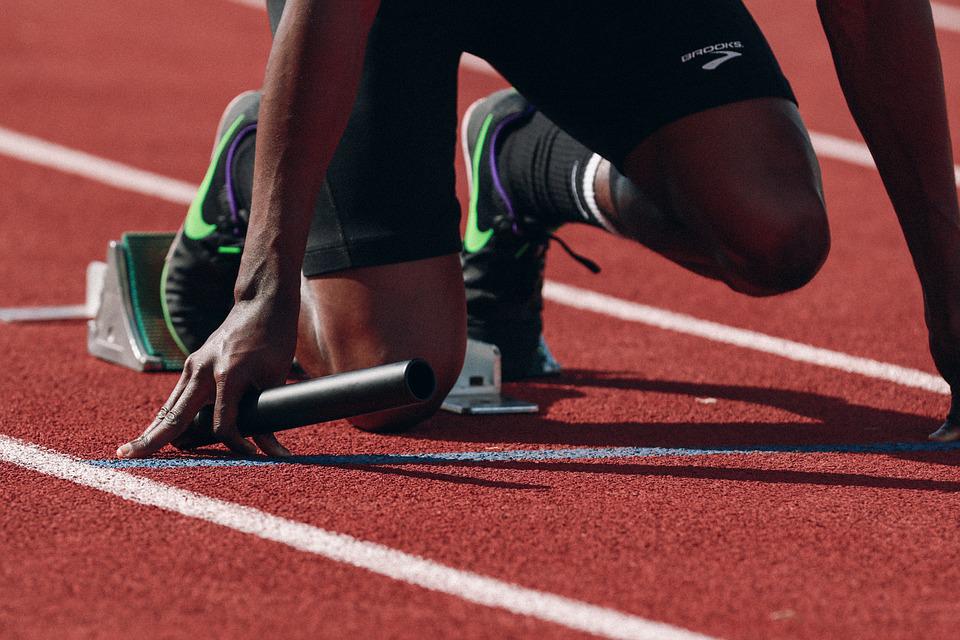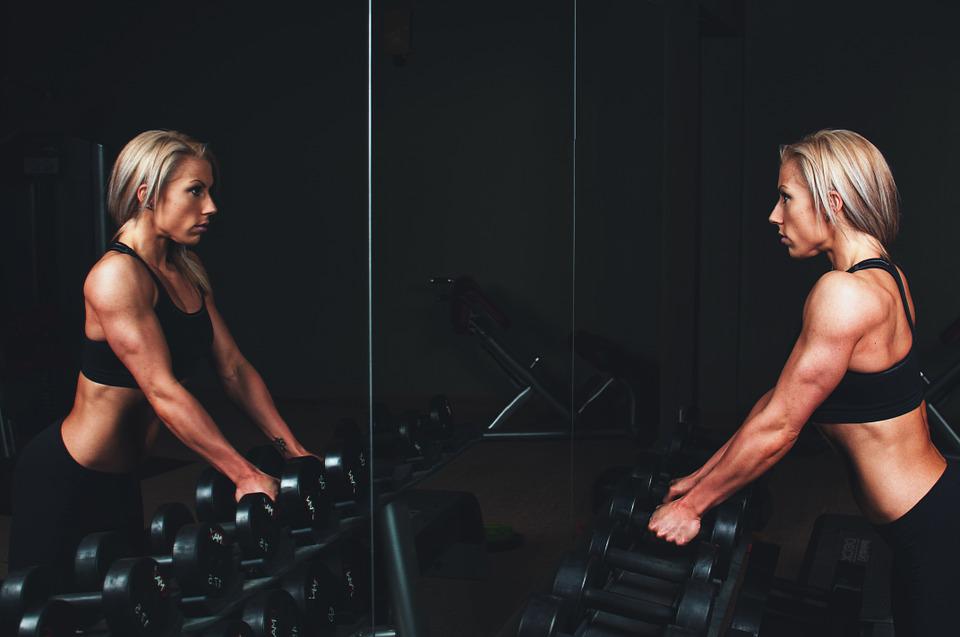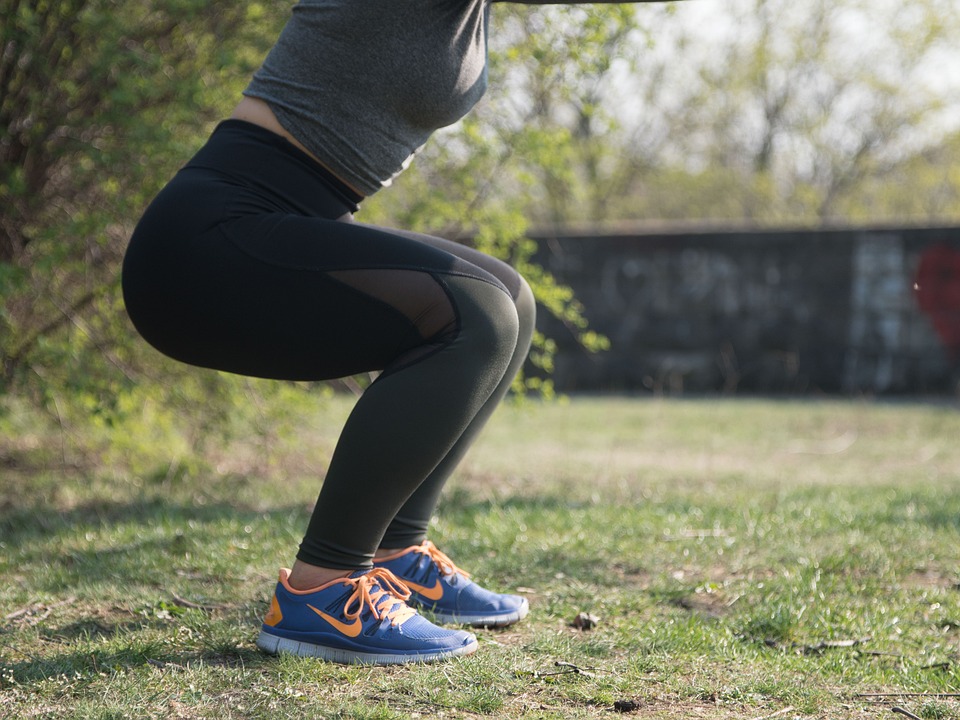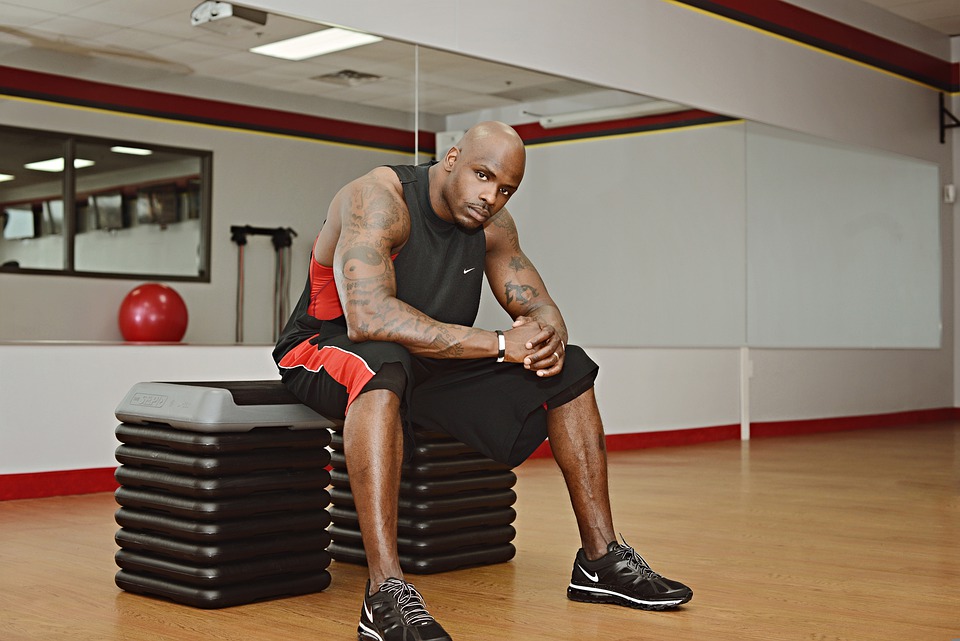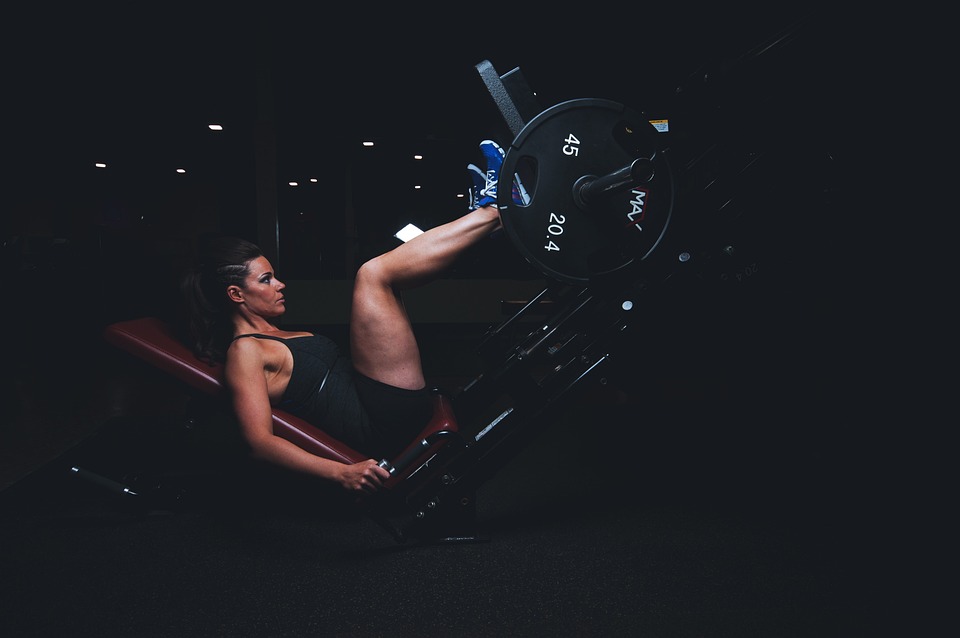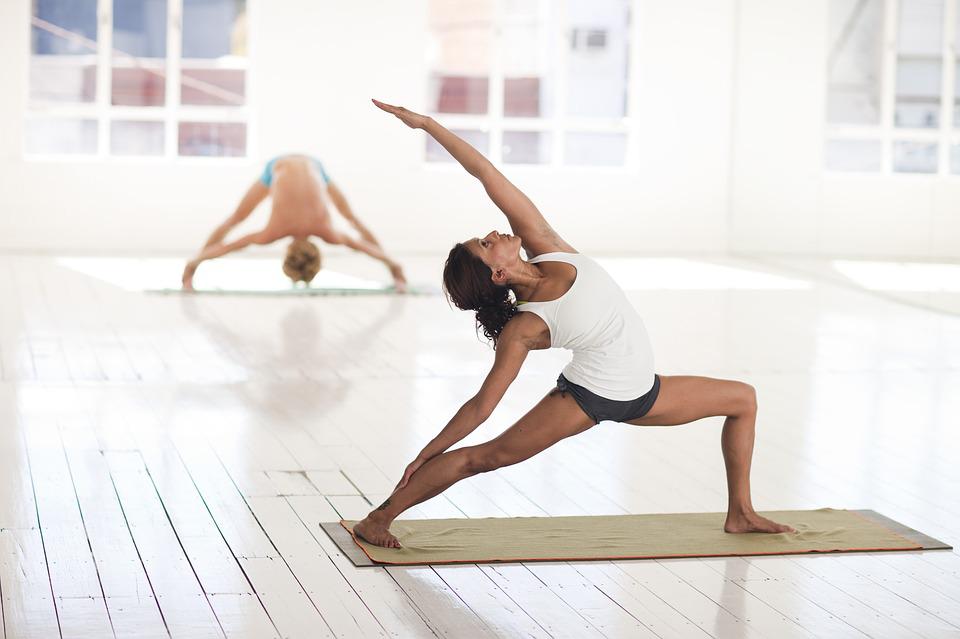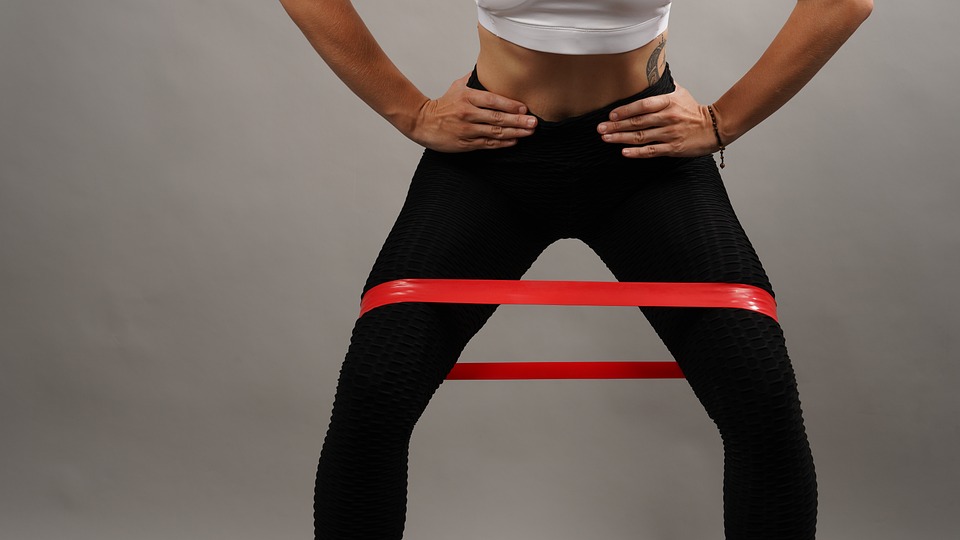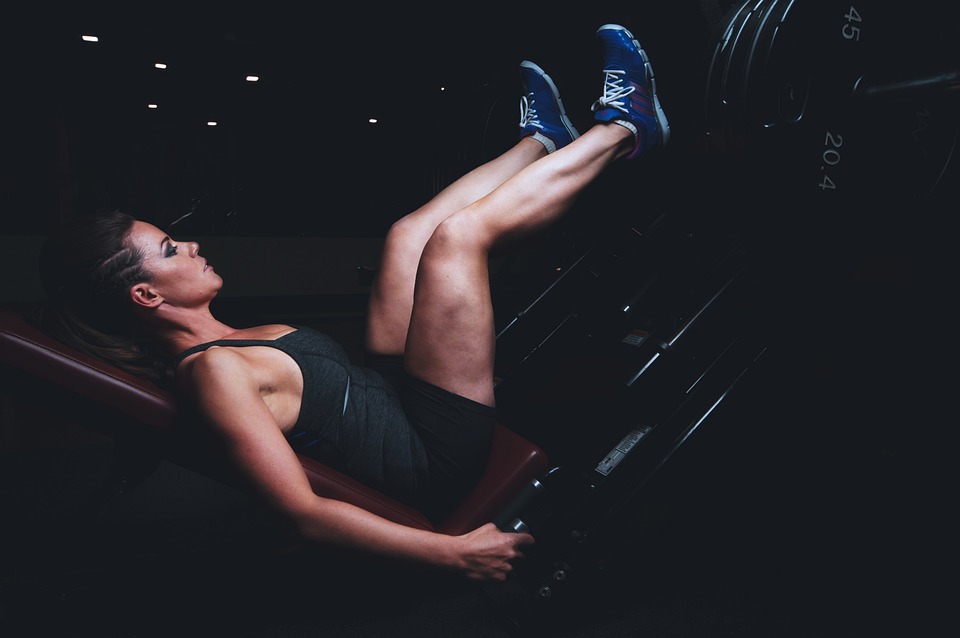
If you want to improve the appearance of your legs, you need to focus on the area below the knee. Although it may be difficult to build bigger, stronger calf muscles, it is not impossible to do. You need to train your calves often, with high volumes, frequencies, and a variety of rep ranges, to develop the muscles in your lower leg optimally.
Strong calves are not just an aesthetic feat, either. They often help people increase their jump height, sprinting capability, and overall lower body explosiveness.
The Anatomy of the Calf Muscle
The calf muscle is a group of muscles located in the upper portion of the lower leg, just below the knee. The calf muscle is made up of 2 muscles.
- Gastrocnemius – The calf muscle that is most visible from the exterior of the body. This muscle attaches at the Achilles tendon and originates just behind the knee on the femur where it crosses the knee joint
- Soleus – This is a deep muscle that is not visible when looking at the leg externally. It lies beneath the gastrocnemius on the rear portion of the lower leg.
The two muscles work together to raise the heel, both when the leg is straight and when the knee is bent. Bending the heel is used in many movements, such as walking, jumping, running, and squats.
3 Calf Exercises for Increasing Calf Muscle Mass
There are many ways to work the calf muscles, but they don’t get much attention or activity unless they are specifically targeted. The following exercises are the best for working your calf muscles. Incorporating these exercises into your workout routine will help maintain a balance between your different muscle groups, leading to better overall physical fitness.
Some exercises require you to use weights while others require you to use your body weight for resistance.
To make any exercise more challenging, you can add extra weight with body straps or dumbbells (or by turning up the resistance on a weight machine, if you’re using one.)
Top Calf Exercise #1: Standing Calf Raises
You can do this exercise with a dedicated machine or by attaching a calf block to a weight. The number of repetitions you do for this exercise will be different depending on how much muscle you currently have in your calves and what kind of workout routine you are following. You should test out different ranges to see which is most effective for the density of your calf muscles.
Place your feet under the machine pads or bar, with your heels on the calf block. The first thing you want to do is start with your heels low. They should be about 2 to 4 inches below the block. This will offer the best stretch on your calves. To do this exercise, slowly raise yourself up on the balls of your feet. Go as high as you can and then contract your calf muscles at the top. Hold briefly and lower under control to repeat.
Top Calf Exercise #2: Seated Calf Raise
This calf exercise is necessary to achieve complete development of the calf muscles. The seated calf raise will target the lower muscles of the calf (the soleus), while the standing calf raise will target the upper muscles of the calf.
Sit with the machine pads resting on your thighs. Drop your heel to 2-4 inches from the ground, depending on how flexible you are. After you raise your body up, squeeze your calf muscles. You should complete 10 to 20 reps of this workout, as well as the standing calf raise, depending on how your body is doing and what you can handle.
Top Calf Exercise #3: Leg Press Calf Raises
This exercise, also known as the donkey raise, has been used for years and is effective. The nature of this exercise makes it especially good for working the calf muscles deeply. Choose a weight that makes the workout challenging, but not so difficult that you have to add extra weight by having someone sit on your back.
To begin, sit on the leg press machine and grip the sled with only your toes and the balls of your feet. The movement should come from your ankles, not your hips or knees. The focus is solely on the calf muscles and not on any other muscles in the leg.
Benefits of the Calf Raise
Below are a few reasons why you can benefit from including calf raises in your workout program.
Increased Hypertrophy
The calf raise is an exercise that targets the two calf muscles, the gastrocnemius, and the soleus. This exercise is performed by lifting your heels so that you are standing on your toes, then lowering your heels back down below the level of your toes. The calf raises exercise targets either the soleus muscle or the gastrocnemius muscle, depending on the variation you use. Seated calf raises target the soleus muscle while standing calf raises target the gastrocnemius muscle.
If you want to increase muscle size, you should train both seated and standing to ensure balanced muscular development.
More Explosiveness
The calves are responsible for pushing off through the toes to propel oneself forward or upwards. One reason why strong calves can improve both jumping and sprinting is that they create more explosive power.
If you want to improve your jumping and sprinting performance, you should focus on strengthening your lower body muscles, especially your calves and the muscles around your ankle. This will help you generate more power when you need it.
Stronger Ankles
If your ankles are stronger, you will be able to better develop your calves, improve your performance in sports, and train more consistently. Calf training helps improve ankle and knee stability, making it a good idea for functional fitness athletes, runners, or anyone else who may be susceptible to ankle sprains and injuries.
Calf Raise Sets and Reps
If you want to increase the size, strength, and power of your lower body, improve stability at the joint, or just want to improve the look of your calves, the below guidelines can be used to program direct calf training within your workout program.
To Build Muscle
To gain muscle mass, you will need to use a more isolated approach. Even though some people might find it harder to build muscle in their calves, it is still possible to do so if they are willing to work hard enough.
To improve the development of your calf muscles, start by increasing the frequency of your workouts. Build up to working out three to four times per week, aiming for a total of 20 sets. You can do 5-10, 10-20, or up to 30 reps per set. Start with a low volume, see how you recover, and then do more.
To Increase Strength and Power
Most athletes will be able to increase the strength and power of their calves by: -lifting heavier loads for 5 – 10 reps, -performing their sport-specific tasks like heavy clean pulls, sprinting, jumping, and sled work.
If you want to improve the strength of your calves, do 3-5 sets of 5-10 repetitions while moving through the full range of motion.
Calf Raise Variations
The following are some variations of the calf raise that you can do to target the calf muscle specifically. You can also add variations of any of the below movements that involve only one leg.
Smith Machine Calf Raise
The Smith machine is ideal for training your calves because it adds stability and requires less balance than a barbell. This means you can focus on fatiguing your calves and getting a solid contraction throughout the exercise.
Single-Leg Calf Raise
You can also perform seated calf raises on one leg at a time. If you only have one foot touching the ground, you have to work twice as hard with the leg that is touching the ground. This makes bodyweight movements more difficult. Calf raises help to strengthen your calf muscles and can be done with one leg at a time or with both legs together. If you don’t have access to heavy weights, you can still do calf raises by using your body weight as resistance.
Calf Raise Alternatives
You don’t have to set aside specific time to train your calves if you don’t want to. You can do other exercises that will still train the joint action while staying true to your training style.
Sled Push
Pushing a heavy sled is a great exercise to increase calf strength and muscle mass because it causes the ankle to move through a deep range of dorsiflexion and plantar flexion with each step. As long as you are focusing on keeping your weight on the balls of your feet while driving, you will be effectively training the calves.
Weighted Incline Walking
You can also work out your calves by performing walks or stair climbs at different intensities. This is primarily because the calves are asked to push the body up an incline. A challenge for the calves, any time they are called upon to push the body up an incline, is a stepping motion. However, the key to building bigger, stronger calves is increasing the amount of weight you are lifting over time – carrying dumbbells or wearing a weight vest while you climb can make incline walks a great way to end your calf training.
Clean Pulls
Olympic weightlifters can improve their workouts by adding heavy clean or snatch pulls. The triple extension of heavy pulls creates a lot of tension on the calves when done properly.
Although you might not be able to do many repetitions of a pull, the load is often heavy enough to cause muscle growth. If you want to make this workout complete for your calves, add in some additional calf work with higher reps.
FAQs
We have now talked about some of the best calf exercises that you can do and how to incorporate them into your workouts. Let’s go over some of the most frequently asked questions about calf training.
If you are not naturally blessed with large calves, it takes a special training strategy to help them grow.
After reading this, you may be wondering how to best grow your calves. Trainers and fitness icons often make blanket statements about this topic without taking into account the individual.
1. How can I increase my calf size?
The best way to increase your calf size is to focus on compound lifts that work the entire body.
First, you will want to achieve something. Then, you will want to add work that targets the calves specifically. If you start training your calves separately from the rest of your legs, you might want to do it more often to help them grow.
After you have reached the point where you cannot train your calves more often without affecting their ability to recover, you will want to begin to increase the amount of training you do and/or the weight you use.
2. Are big calves genetic?
Yes. And no.
When it comes to building muscle mass, a lot of it boils down to genetics. Despite the fact that everyone has a different natural hair growth rate, you shouldn’t be discouraged from trying to make the most of what you were born with through training.
The key to developing strong calf muscles is to find a training program that incorporates the right exercises for you and to vary the intensity, volume, and frequency of your workouts.
3. What is a good calf workout?
Any of the aforementioned calf mass workouts would be a great starting point. You can change your body’s preferred training routine to better suit your needs as you get more familiar with it.
A good calf workout should be part of a good workout routine. It then uses calf exercises to specifically target the muscles in your calf. The exercises in this program target both calf muscles based on your individual needs for development.
The fast and slow twitch muscles are important for the calves, so it is best to train them with variety and frequency to make them grow optimally.
The level at which you train your calves will be based on your individual abilities.
4. How often should you train calves for mass?
The amount of times you should train your calves per week depends on various factors such as your genetics, how often you work out, and your ability to recover from training.
The calves are one of the few muscle groups that can be trained every day. You often do it indirectly without even knowing it.
You can train as frequently as you want as long as you are able to recover efficiently.
5. Will calf raise increase calf size?
Absolutely. There are many different ways to do calf raises, and all of them are great for working the calves by themselves. You will experience the benefits of the exercises depending on how you program them into your workout based on your individual needs.
There is no point in aimlessly doing calf raises with an ineffective tempo and range of motion if you’re trying to build calf mass. To build bigger calves, you need to perform each rep slowly and with a full range of motion, making sure to stretch and contract your muscles fully.
6. Do squats increase calf size?
While squatting does not directly target the calves, it indirectly works them along with any other lower body muscles. Some people have genes that make them naturally good at building muscle in their calves, and they may not need to do any special exercises to target them.
Although some calf isolation exercises may not be necessary for everyone, they can help maximize the amount of calf mass that someone is able to grow.
However, it is still critically important to get stronger at exercises such as squats to build bigger calves. It is important to have a balanced workout routine and then add calf isolation work to optimize progress.


